This article was co-authored by Lindsay Yoshitomi. Lindsay Yoshitomi is the nail artist behind the blog, Lacquered Lawyer. She was featured as one of Nail It! magazine’s “Bloggers You Should Know,” and has been on the cover of Nail Art Gallery Magazine. She has been practicing nail art for over 15 years.
There are 7 references cited in this article, which can be found at the bottom of the page.
This article has been viewed 117,794 times.
Itchy, irritated cuticles are definitely annoying. You're probably wondering what’s causing the problem, how to stop the itching, and what can prevent it from happening in the future. Luckily, we’re here to help! Here are the answers to your most common questions about treating itchy cuticles and making them a thing of the past.
Steps
Expert Q&A
Did you know you can get expert answers for this article?
Unlock expert answers by supporting wikiHow
-
QuestionHow do I heal the skin around my cuticles?
 Lindsay YoshitomiLindsay Yoshitomi is the nail artist behind the blog, Lacquered Lawyer. She was featured as one of Nail It! magazine’s “Bloggers You Should Know,” and has been on the cover of Nail Art Gallery Magazine. She has been practicing nail art for over 15 years.
Lindsay YoshitomiLindsay Yoshitomi is the nail artist behind the blog, Lacquered Lawyer. She was featured as one of Nail It! magazine’s “Bloggers You Should Know,” and has been on the cover of Nail Art Gallery Magazine. She has been practicing nail art for over 15 years.
Nail Artist
Warnings
- While cuticle removal is a normal nail treatment, this is a bad idea. It lets bacteria into your nail bed and could cause infections. It’s best to avoid removing your cuticles altogether.[18]⧼thumbs_response⧽
References
- ↑ https://familydoctor.org/condition/paronychia/
- ↑ https://www.bcm.edu/news/allergic-reaction-to-artificial-nails
- ↑ https://familydoctor.org/condition/paronychia/
- ↑ https://www.bcm.edu/news/allergic-reaction-to-artificial-nails
- ↑ https://familydoctor.org/condition/paronychia/
- ↑ https://www.nailsmag.com/390382/when-your-body-betrays-you
- ↑ https://www.mayoclinic.org/healthy-lifestyle/adult-health/in-depth/nails/art-20044954
- ↑ Lindsay Yoshitomi. Nail Artist. Expert Interview. 12 July 2019.
- ↑ https://www.bcm.edu/news/allergic-reaction-to-artificial-nails
- ↑ https://www.bcm.edu/news/allergic-reaction-to-artificial-nails
- ↑ https://www.nailsmag.com/390382/when-your-body-betrays-you
- ↑ https://www.health.harvard.edu/staying-healthy/adult-food-allergies
- ↑ https://www.nailsmag.com/390382/when-your-body-betrays-you
- ↑ https://familydoctor.org/condition/paronychia/
- ↑ https://www.drugs.com/health-guide/paronychia.html
- ↑ https://www.bcm.edu/news/allergic-reaction-to-artificial-nails
- ↑ https://www.mayoclinic.org/healthy-lifestyle/adult-health/in-depth/nails/art-20044954
- ↑ https://www.mayoclinic.org/healthy-lifestyle/adult-health/in-depth/nails/art-20044954
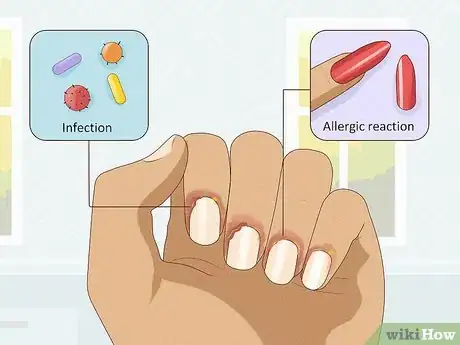

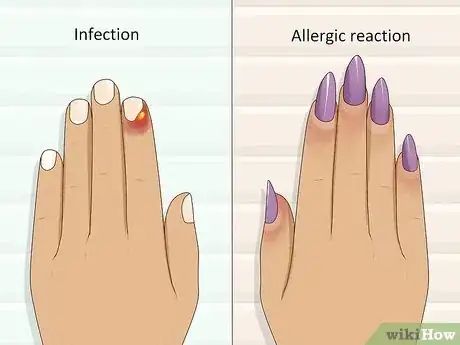


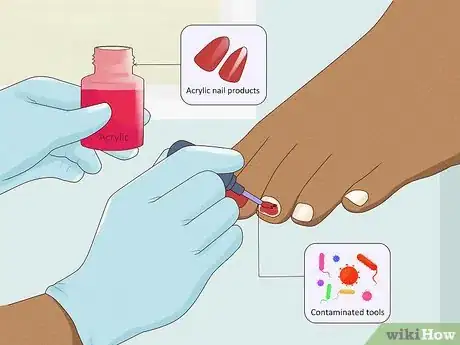


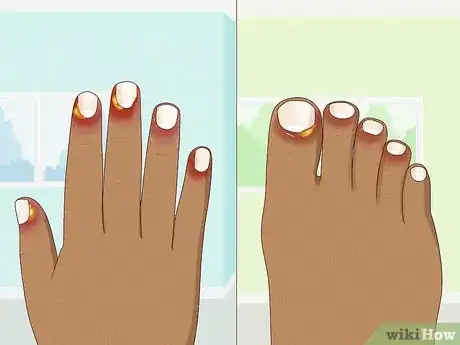




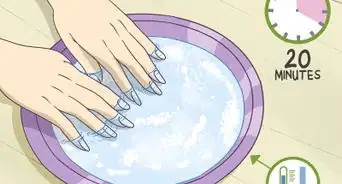



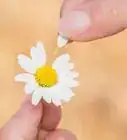







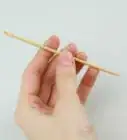


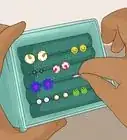
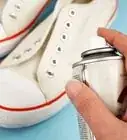
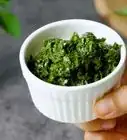

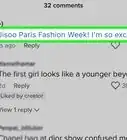
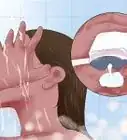






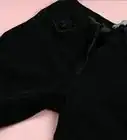



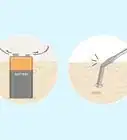


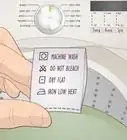
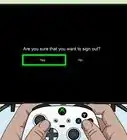










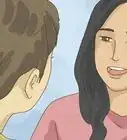

Medical Disclaimer
The content of this article is not intended to be a substitute for professional medical advice, examination, diagnosis, or treatment. You should always contact your doctor or other qualified healthcare professional before starting, changing, or stopping any kind of health treatment.
Read More...